Ukiyo-e (Japanese picture meaning 'the pictures of floating world')
Ukiyo-e was a genre of art that developed during the Edo period. Ukiyo-e works vividly depicted aspects of popular culture of that time. One major category of ukiyo-e was bijin-ga-portraits of beautiful women. The hallmark of these pictures is their focus on feminine beauty such as plump cheeks and voluminous hair.
bijin-ga

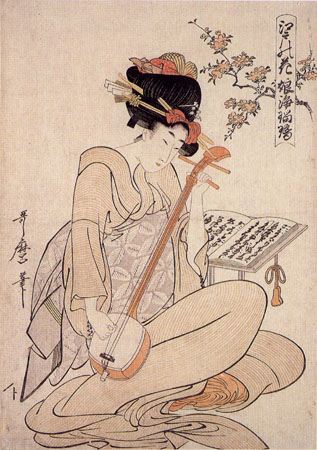
Another major category was yakusha-e, which depicted popular actors. These pictures were the equivalent of today’s celebrity photo books and gossip magazines. Literally ‘pictures of a floating world’, ukiyo-e had a great influence on some of the famous impressionist painters of the 19th- century Europe.
Van Gogh copied ukiyo-e repeatedly to learn about vibrant color schemes based on primary colors and also the use of the bold composition.
yakusha-e
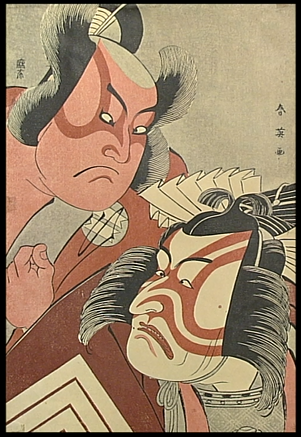
Van Gogh
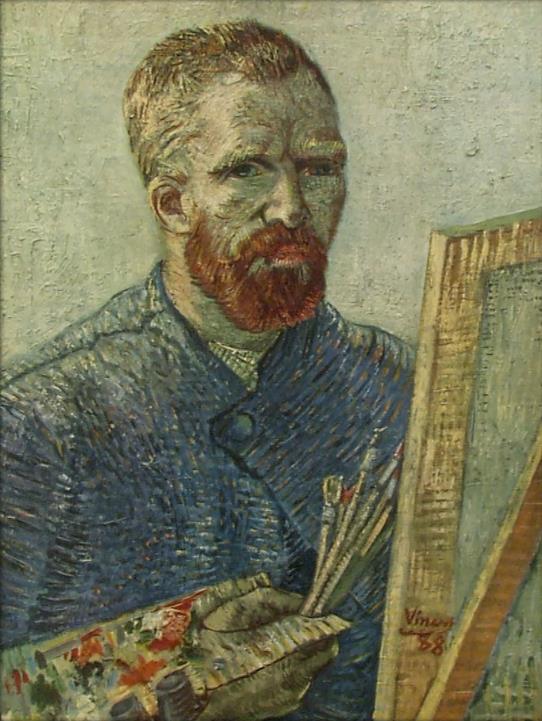
Ukiyo-e came to existence in the mid-17th century. The early woodblock prints were monochromatic, simply using Indian ink. Later, polychromatic prints came out, but the colors were painted in by hand. These prints were too expensive for ordinary people to buy. In the 18th-century, techniques for full-color printing were developed.
monochromatic ukiyo-e

bijin-ga which was painted by hand
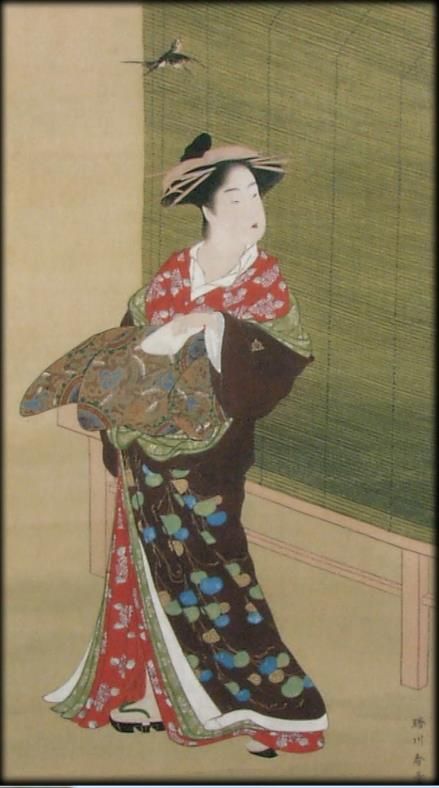

Full-colour printed ukiyo-e
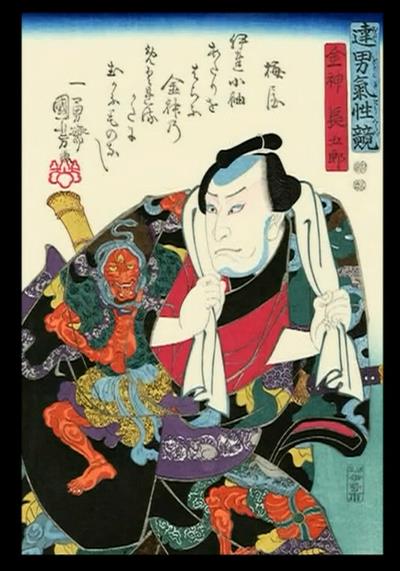
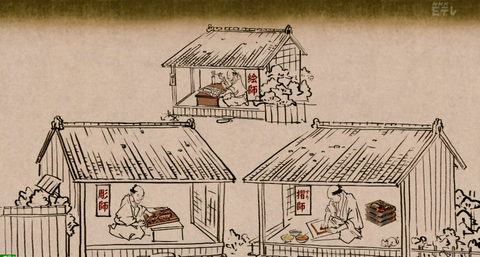
The process of making full-color prints was divided into several tasks performed by different specialists. First, the artist painted the original picture. Then the carver whittled the blocks of wood to make the printing blocks. And then the printer brought the work to completion. To make a print, different blocks were used for different colors. Placing the paper in position using a pair of guide marks along the edge of the woodblock, ensured that all the colors aligned perfectly. It was this division of labour that enabled the ukiyo-e prints to be mass- produced. Ukiyo-e prints became affordable, popular and widespread. And they became a medium with a very broad appeal, catering to the masses.
There is a series of prints by Utagawa Hiroshige titled The 53 Stations of the Tokaido, depicting scenes of the post stations along the highway that linked Edo to Kyoto. Serving like travel- guidebooks, series like this became huge hits. People would look at the pictures showing beautiful landscapes and regional characteristics, and fantasizing about actually going to those places. Ukiyo-e prints are more than just beautiful pictures. They are a unique form of art that was once a vital part of everyday life for ordinary people.
from the 53 Stations of the Tokaido

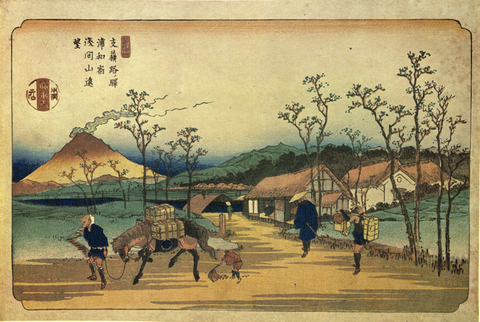
from the Fuji 36 scenes of Katsushika Hokusai, Wave and Mount Fuji
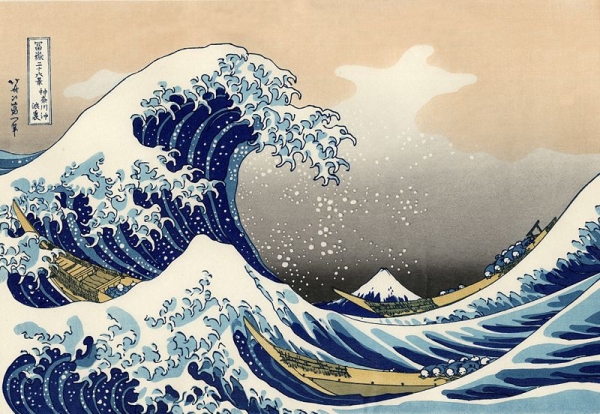
********
My favorite ukiyo-e of Meiji-era

This is the ukiyo-e titled 'urusasou' (meaning that the cat looks annoyed) by Tukioka Hounen. The woman adores the cat so much and wants the cat to be always with her. The material of the neckband of her kimono and the cat's collar are of the same cloth. They are matching. But the cat seems to shrink back from her passion.
